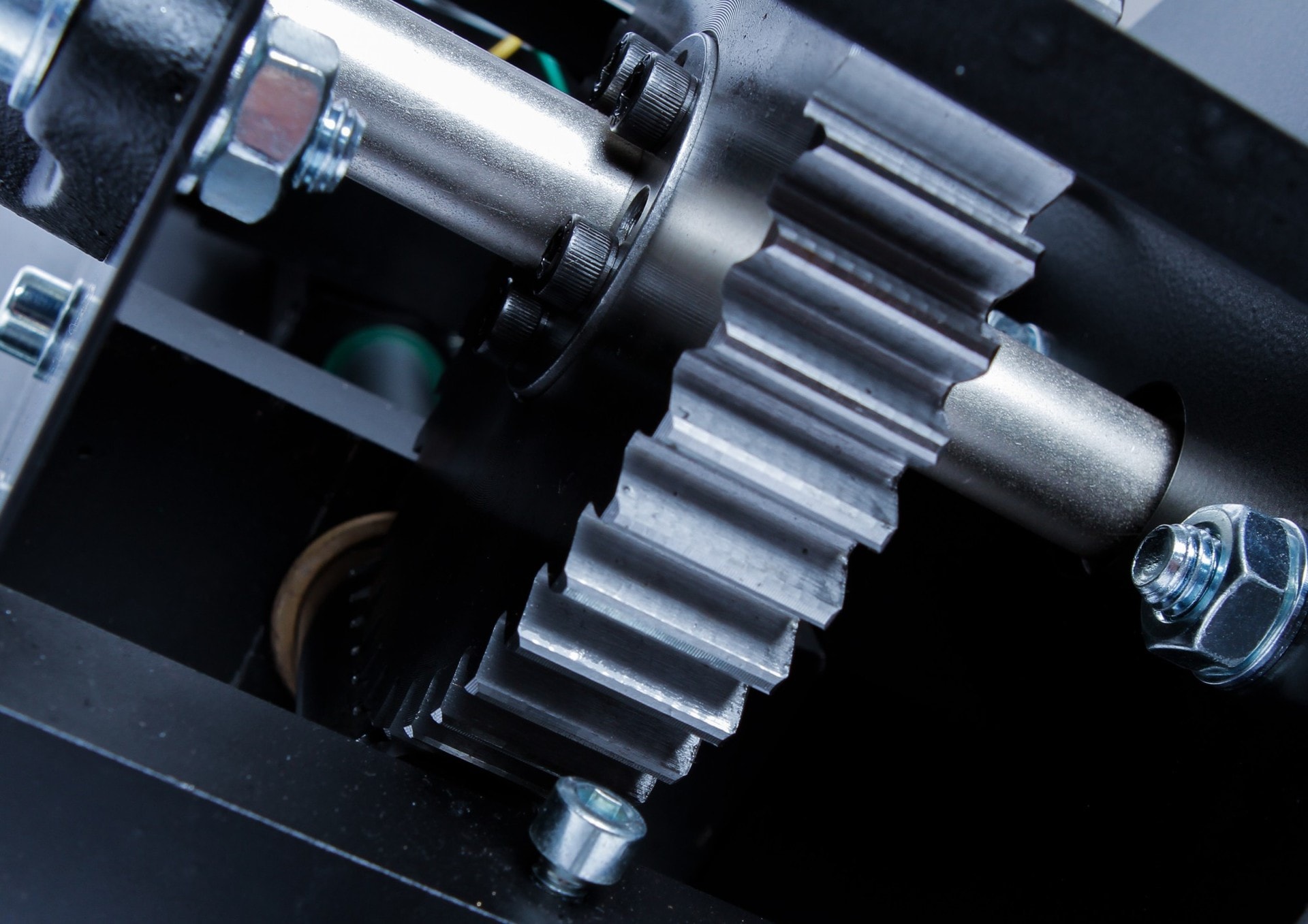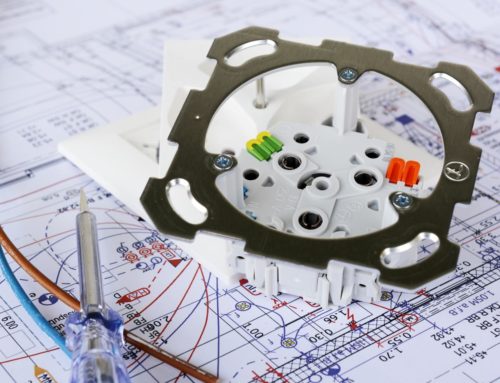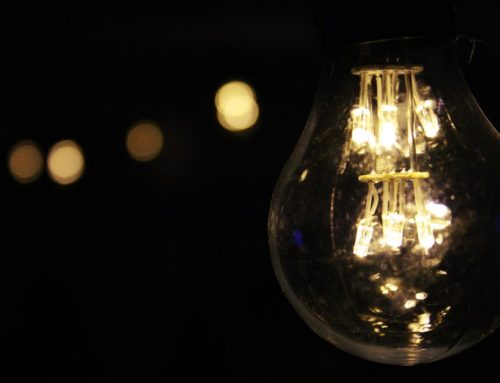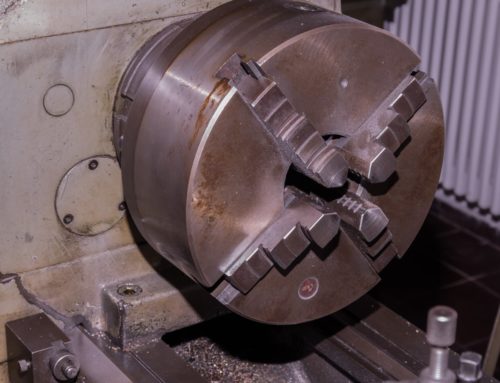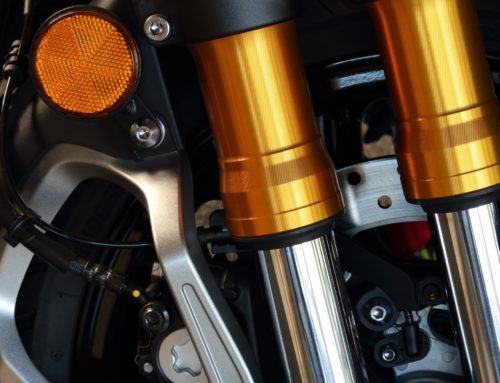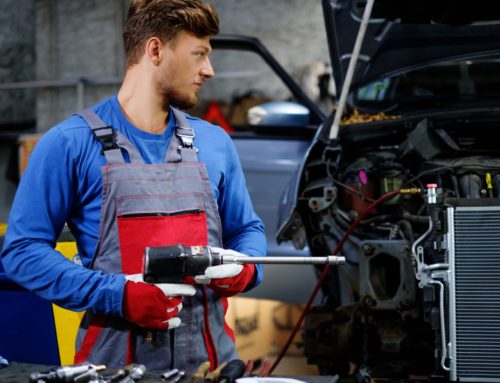The most vital moment when dealing with any major machine is bringing it to a clear and safe stop. When your machines need a moment to stop, either in an emergency or to shift loads, those high-speed motors need a reliable and potent force to prevent some sudden damage.
One of the biggest types of braking forces in the business is the DC injection braking force. What makes up the DC injection braking system and what other methods compete with it?
Today we’ll explore the best methods for putting your AC induction motors to a solid stop and which electric brakes are best for you and your braking needs.
Understanding DC Injection Braking Force
The power of the DC injection braking force comes from the sudden injection of DC power into the motor. When the electric brake activates, a relay closes to remove power from the AC induction motor. Then another relay opens to allow the DC power to enter the motor.
The DC power creates a fixed magnetic field, rather than the rotating magnetic field that the AC power provides. The rotor then aligns to the now stationary field, stopping in its tracks.
Certain AC motors will have a limit to how much power it can handle at one time. This means you’ll need specific levels to your DC injection brakes to match your AC motors.
The Positives and Negatives of DC Injection Braking Force
DC injection braking force is a reliable source of full stopping power. While the other two methods below have useful ways to redirect power and provide smooth power transitions, DC injection brakes have the sheer strength for sudden and efficient stops.
There are downsides to the DC injection method. You still need power to use the brake, making it useless during a full power blackout. It also vents heat, making it difficult to do multiple stops over short periods or in areas with poor ventilation.
The Other Forms of Braking and Their Differences
There are two other major forms of electric brakes that can replace DC injection motors. They each have their pros and cons, so let’s dive in.
1. Dynamic Braking
Dynamic braking has a similar relay setup as DC injection braking, but instead of putting in energy to shut down the motor, dynamic braking redirects that energy into a generator.
Dynamic braking shifts the motor, directing all the excess mechanical energy built up in the motor into electric energy. The electrical energy dissipates as heat from a resistor, similar to the venting mechanics of DC injection brakes.
This method can generate a lot of heat, so it is best in situations where there are periodic breaks between your braking needs.
2. Regenerative Braking
Regenerative braking siphons off the excess power similar to dynamic braking. Instead of expelling heat, though, it shifts it back into a battery source, keeping the overall power generation of the AC motor as high as possible.
Regenerative braking works well with frequent stops, as the quick shift over helps to keep things efficient without pouring in energy for complete stops like DC injection braking. This helps constant starts and stops to not mess with the flow of production.
The Right Braking Methods for Your Needs
The DC injection braking force is a tried and true method to stop your electric motors with safety and speed. Both dynamic braking and regenerative braking do have their uses, though. Which one do you prefer with your machines?
For everything electric motors and brakes, we here at Ambitech Electronic Brakes have what you need! Contact us today for more information!

